A growing body of research underscores that Alzheimer’s and cognitive decline are not inevitable parts of aging.


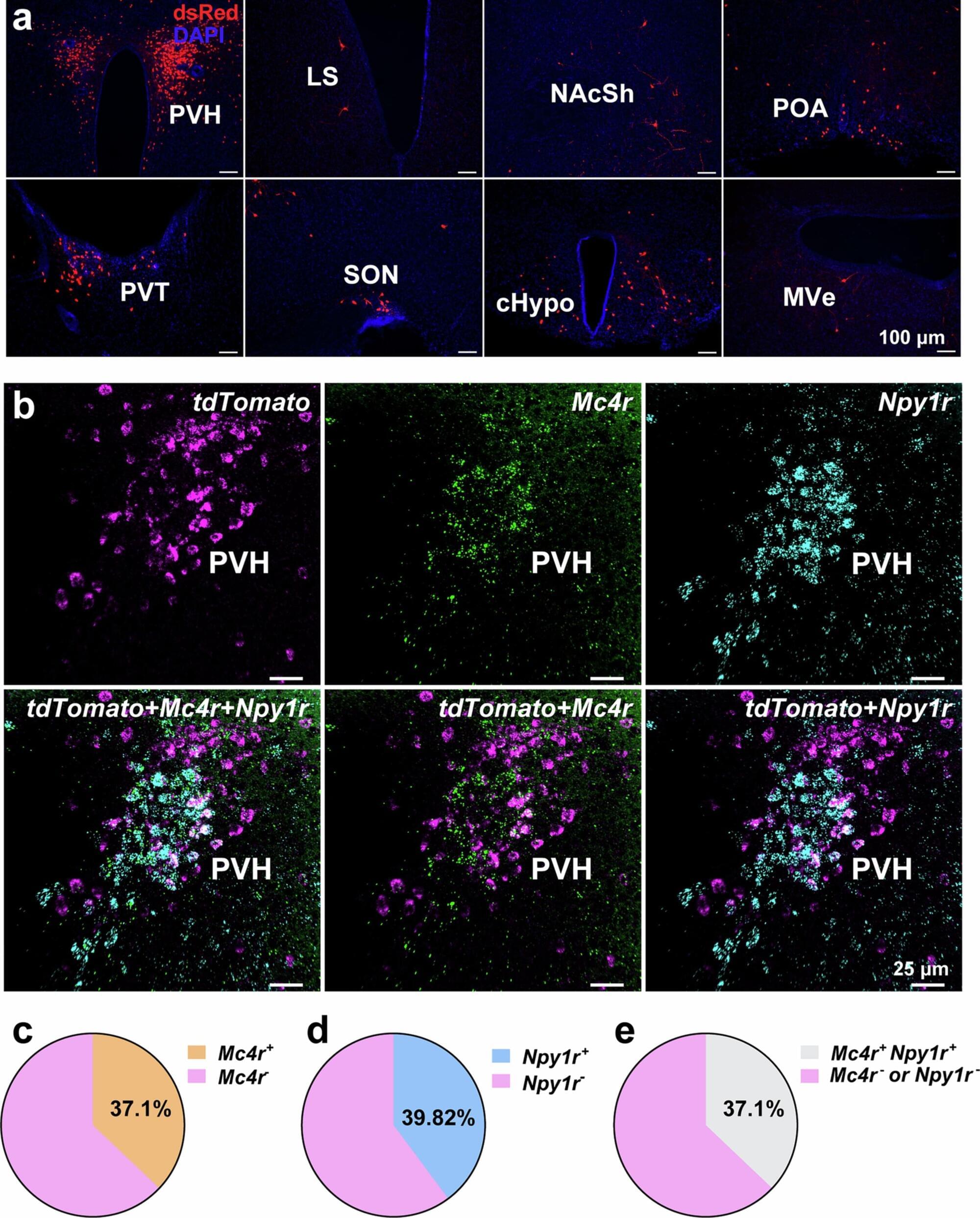
Researchers have provided new insights into how exercise helps lose weight. They discovered a mechanism by which the compound Lac-Phe, which is produced during exercise, reduces appetite in mice, leading to weight loss. The findings appeared in Nature Metabolism.
“Regular exercise is considered a powerful way to lose weight and to protect from obesity-associated diseases, such as diabetes or heart conditions,” said co-corresponding author Dr. Yang He, assistant professor of pediatrics—neurology at Baylor and investigator at the Duncan NRI. “Exercise helps lose weight by increasing the amount of energy the body uses; however, it is likely that other mechanisms are also involved.”
The researchers previously discovered that Lac-Phe is the most increased metabolite—a product of the body’s metabolism—in blood after intense exercise, not just in mice but also in humans and racehorses. The team’s previous work showed that giving Lac-Phe to obese mice reduced how much they ate and helped them lose weight without negative side effects. But until now, scientists didn’t fully understand how Lac-Phe works to suppress appetite.
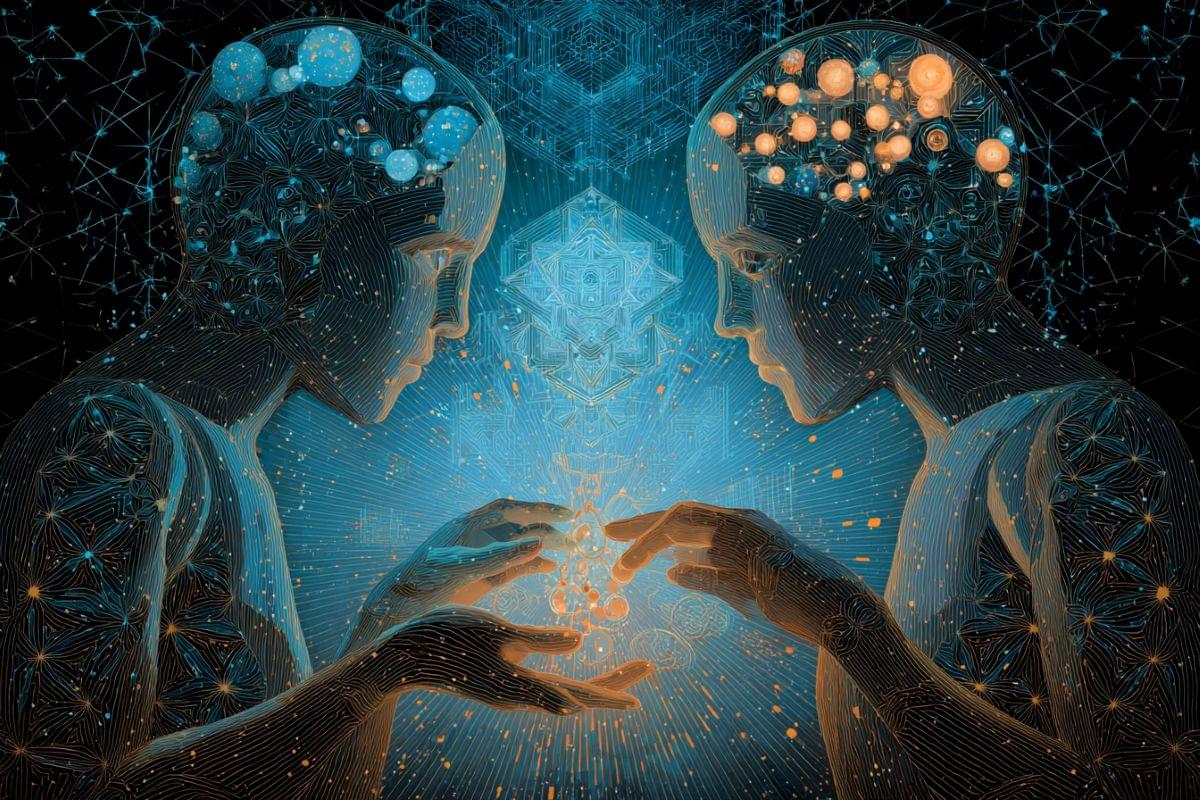
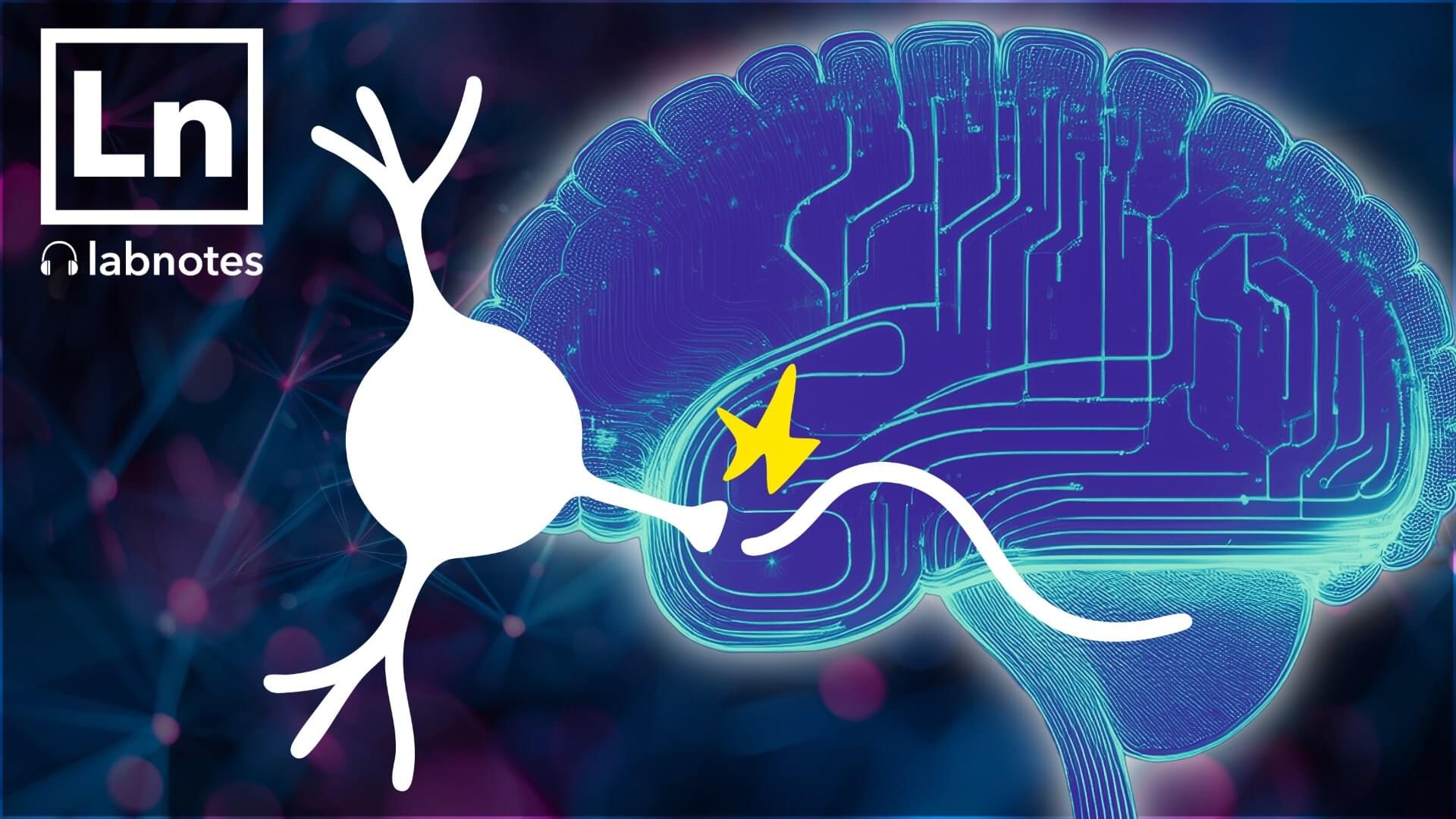

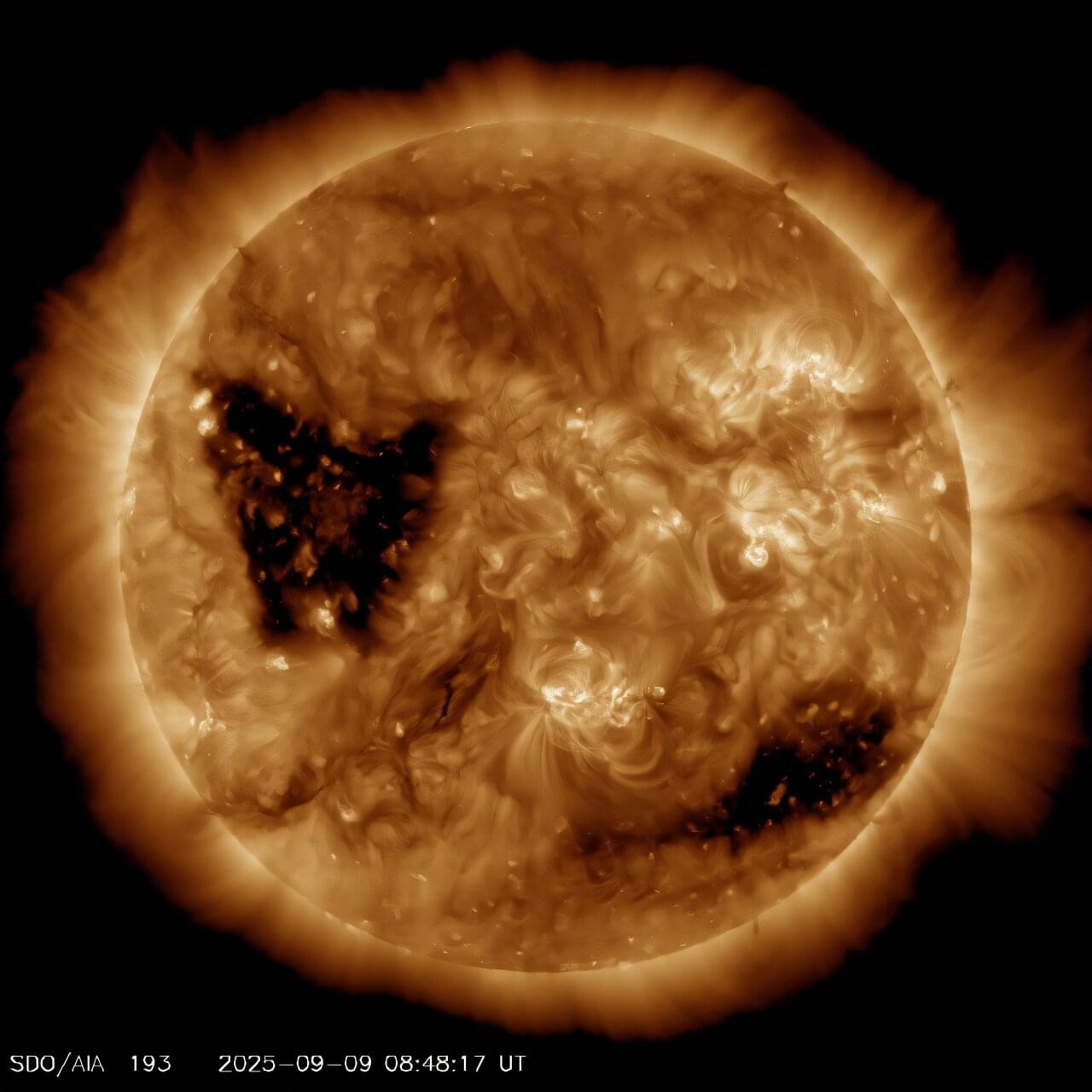
Scientists at NYU Abu Dhabi (NYUAD) have developed an artificial intelligence (AI) model that can forecast solar wind speeds up to four days in advance, significantly more accurately than current methods. The study is published in The Astrophysical Journal Supplement Series.
Solar wind is a continuous stream of charged particles released by the sun. When these particles speed up, they can cause “space weather” events that disrupt Earth’s atmosphere and drag satellites out of orbit, damage their electrons, and interfere with power grids. In 2022, a strong solar wind event caused SpaceX to lose 40 Starlink satellites, showing the urgent need for better forecasting.
The NYUAD team, led by Postdoctoral Associate Dattaraj Dhuri and Co-Principal Investigator at the Center for Space Science (CASS) Shravan Hanasoge, trained their AI model using high-resolution ultraviolet (UV) images from NASA’s Solar Dynamics Observatory, combined with historical records of solar wind.

A future where all homes and vehicles in the U.S. are fully electrified could overwhelm power supply and risk outages unless key upgrades are made, says a new study conducted by Purdue University engineers. But a few strategies could cut two-thirds of the potential costs of reinforcing the nation’s distribution grid to handle this demand.
Electrifying would mean switching a home’s heating system from a boiler to a heat pump and transitioning from gas-or diesel-fueled vehicles to electric vehicles.
“If we install a whole bunch of new electric heating systems for homes and use more electric vehicles and electric water heaters, then we’re going to increase electricity demand a lot. And that’s basically going to require putting in thicker wires, bigger transformers and other infrastructure into the power grid,” said Kevin Kircher, a Purdue assistant professor of mechanical engineering and faculty member in the university’s Ray W. Herrick Laboratories. “And if that happens, utilities will pass the cost of those upgrades to us, the customers.”


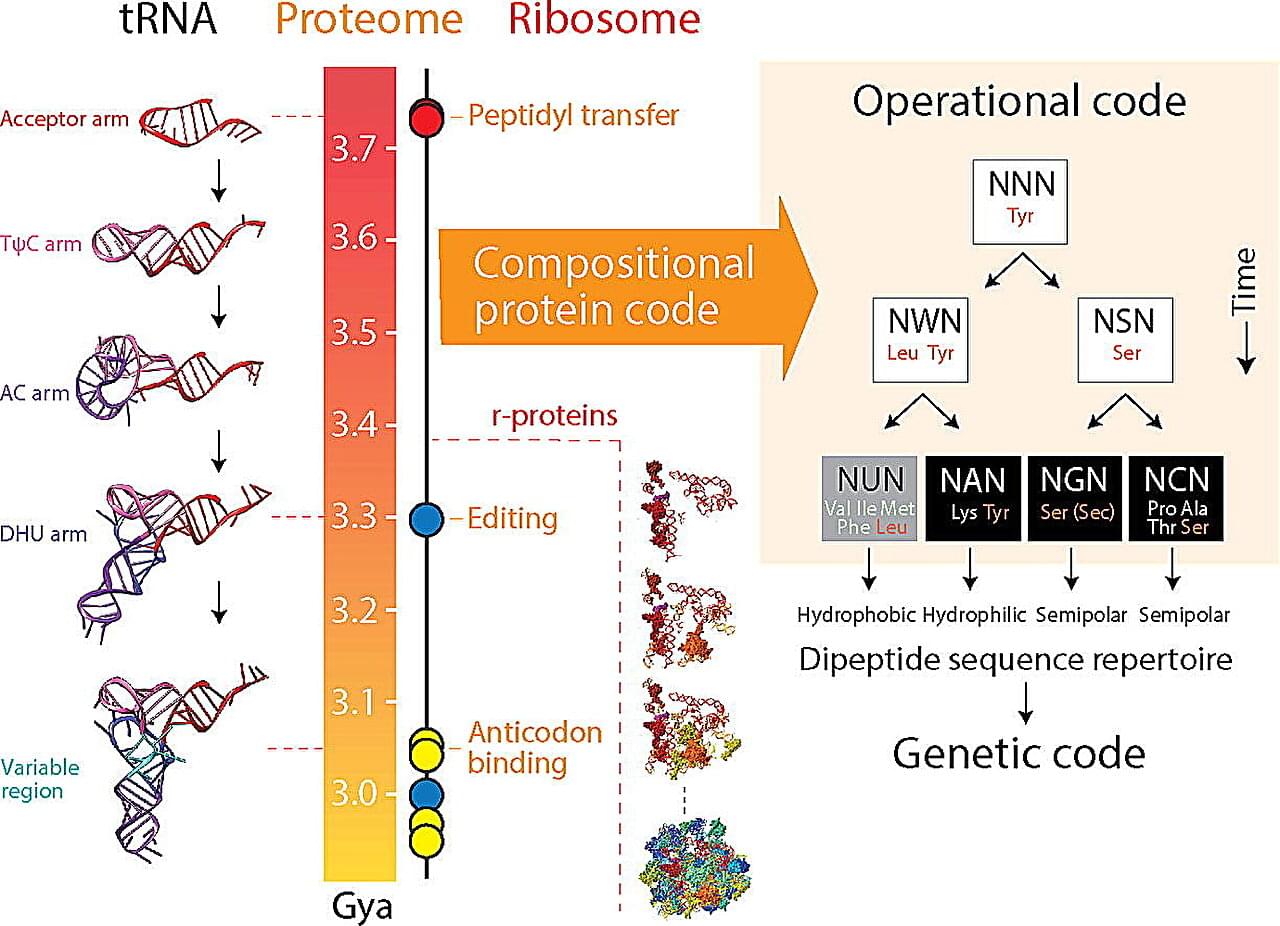
Genes are the building blocks of life, and the genetic code provides the instructions for the complex processes that make organisms function. But how and why did it come to be the way it is?
A recent study from the University of Illinois Urbana-Champaign sheds new light on the origin and evolution of the genetic code, providing valuable insights for genetic engineering and bioinformatics. The study is published in the Journal of Molecular Biology.
“We find the origin of the genetic code mysteriously linked to the dipeptide composition of a proteome, the collective of proteins in an organism,” said corresponding author Gustavo Caetano-Anollés, professor in the Department of Crop Sciences, the Carl R. Woese Institute for Genomic Biology, and Biomedical and Translation Sciences of Carle Illinois College of Medicine at U. of I.